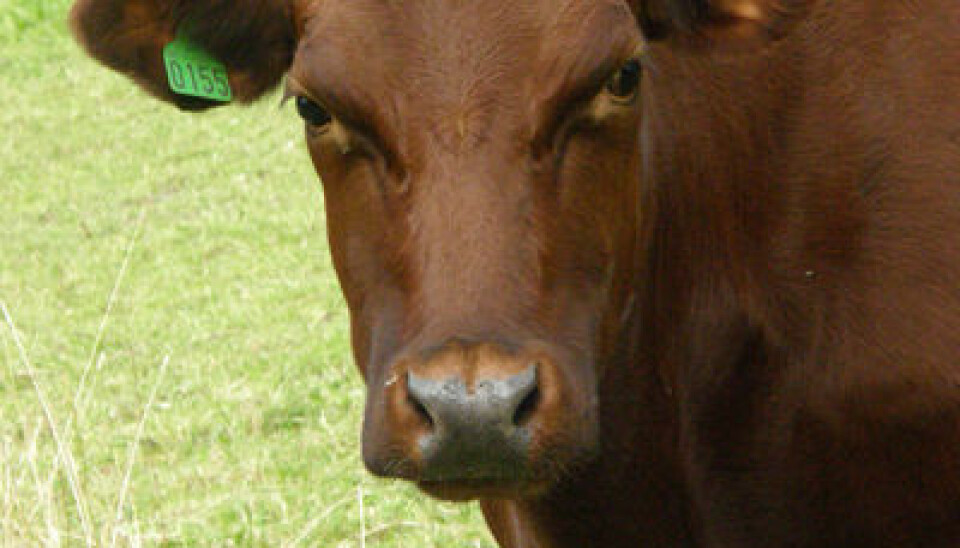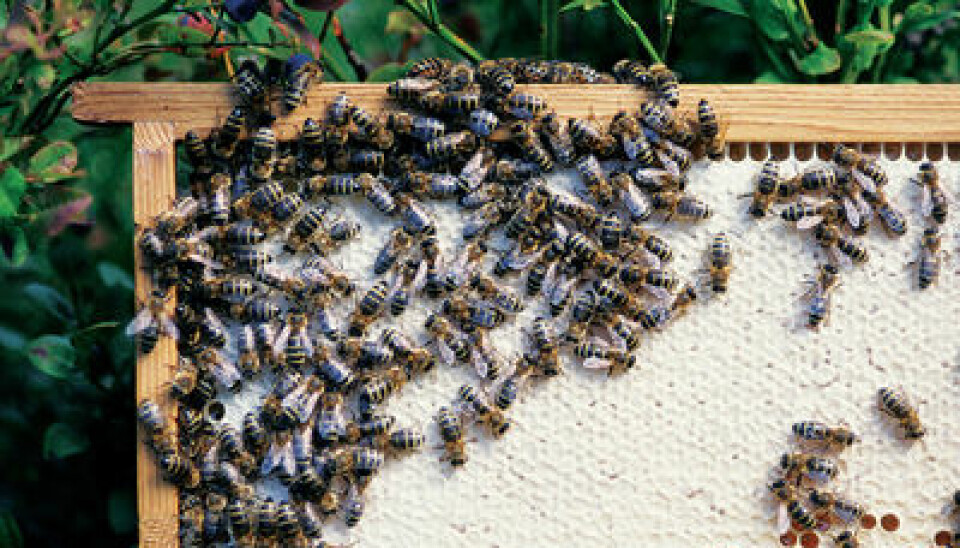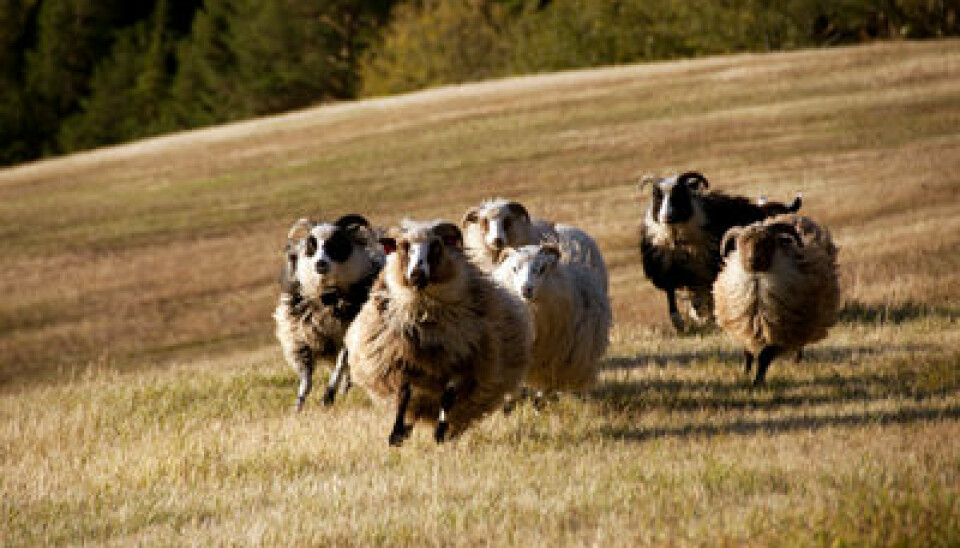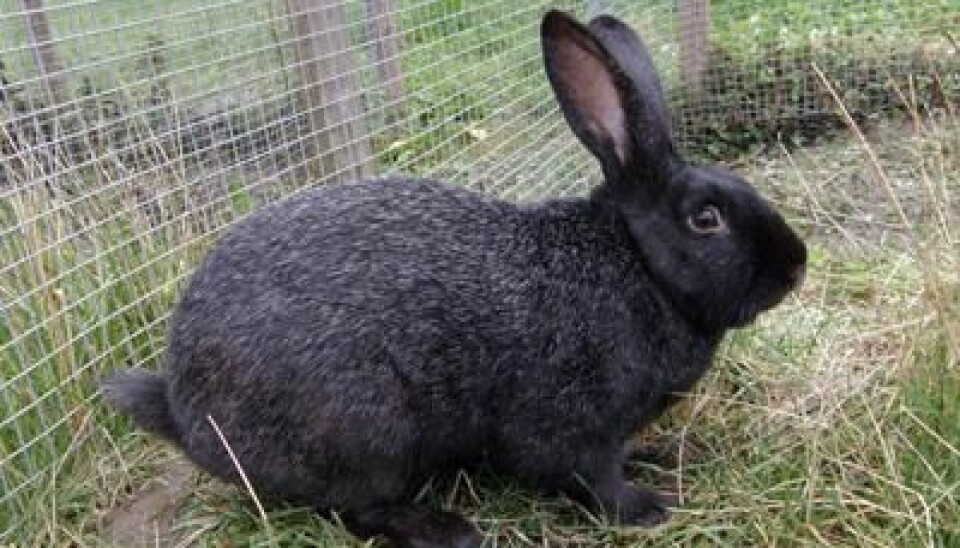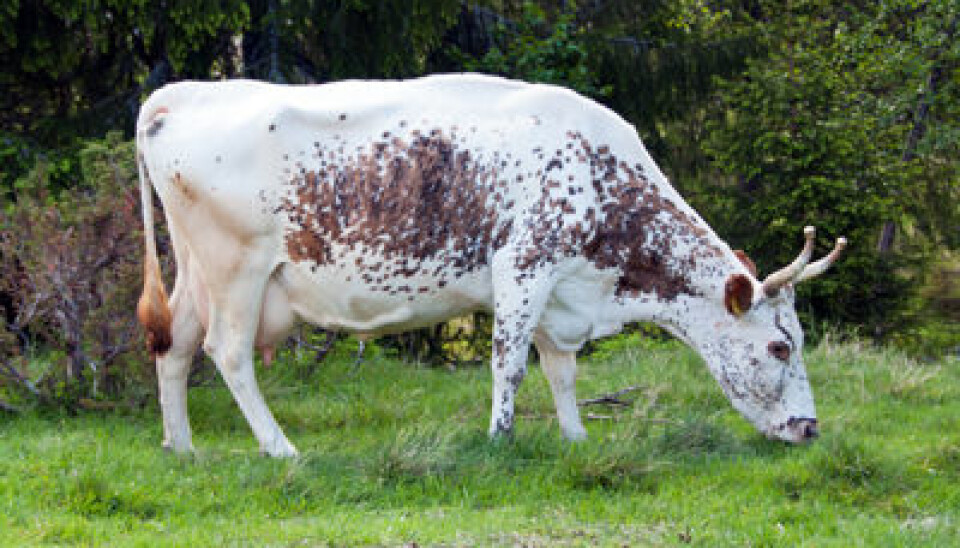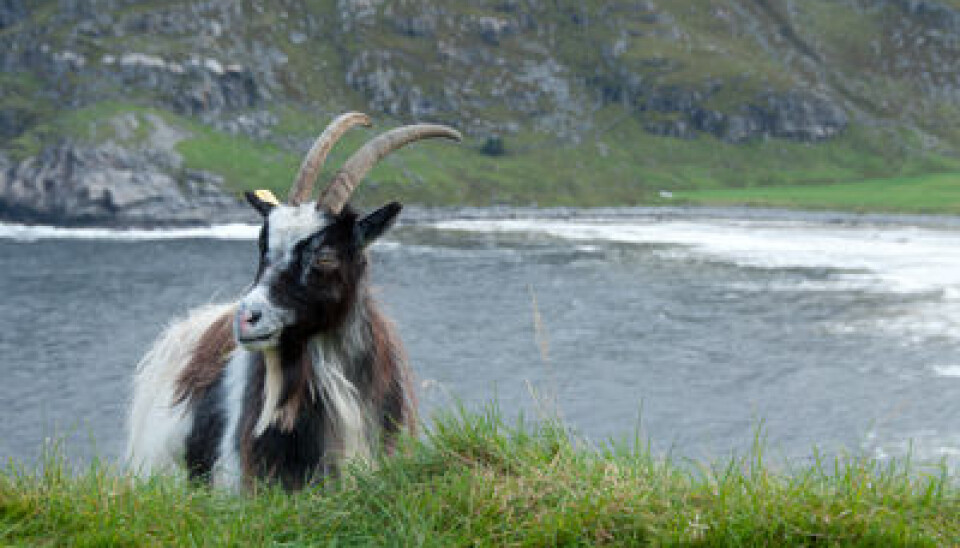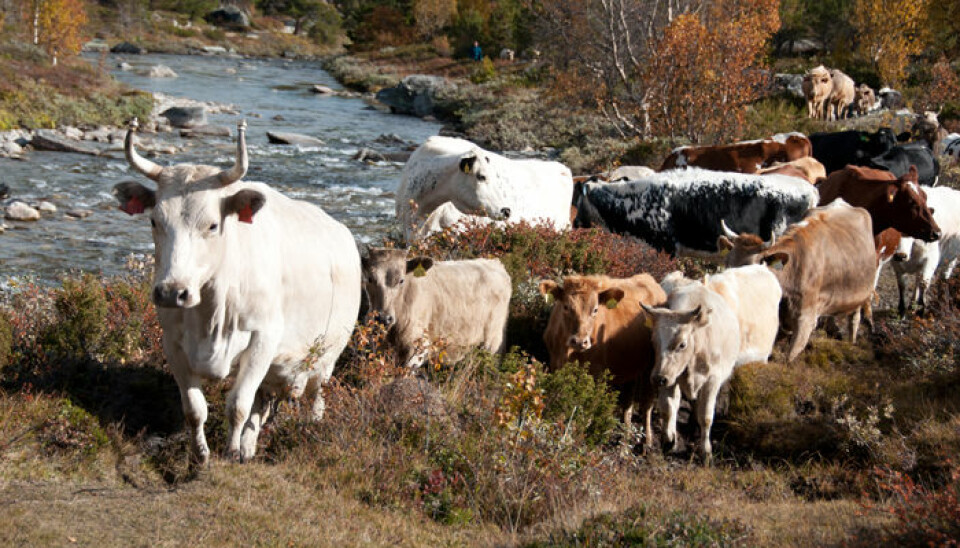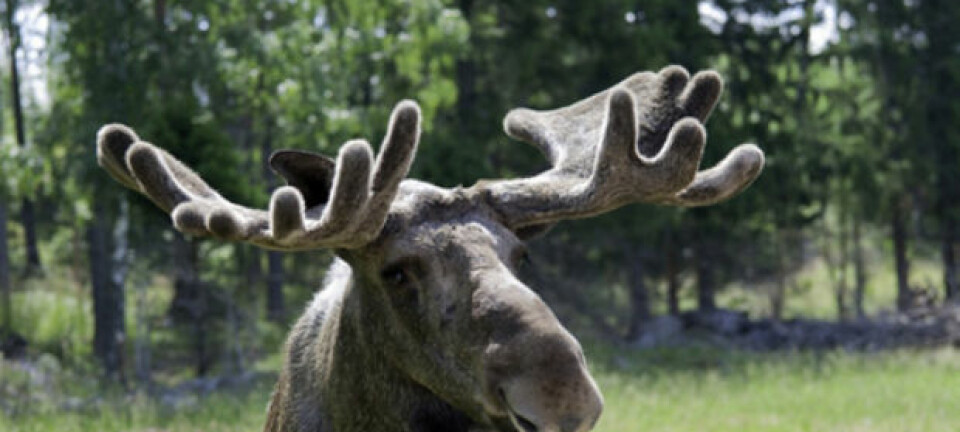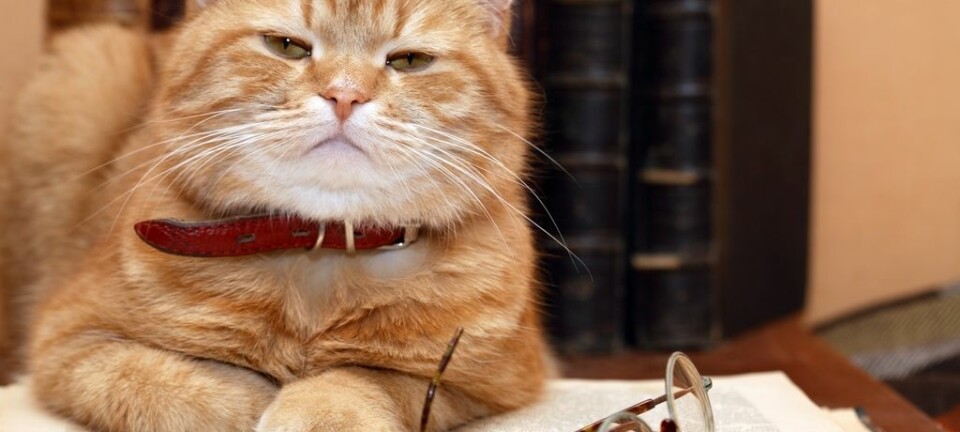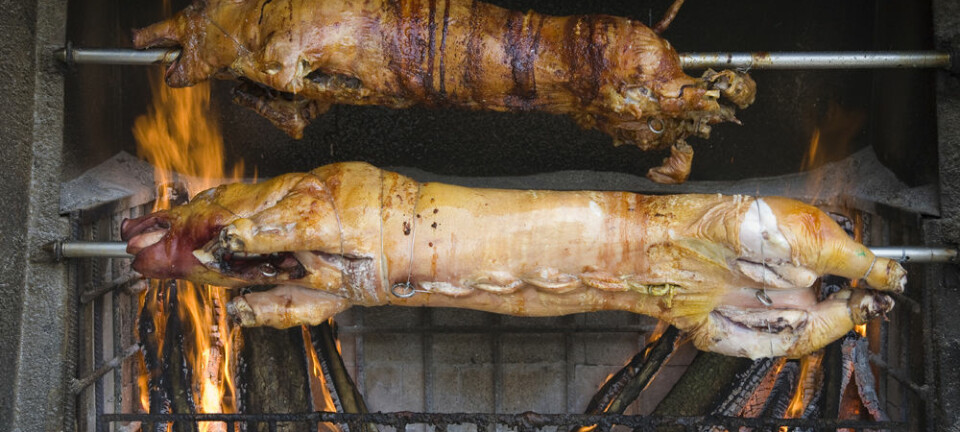
Endangered Norwegian livestock hanging on
Western Fjord Cattle, the Norwegian Spotted Goose and the Norwegian Coastal Goat are among the Norwegian livestock that need help to avoid extinction.
Denne artikkelen er over ti år gammel og kan inneholde utdatert informasjon.
Animal husbandry around the world is becoming more uniform as the genetic diversity of livestock shrinks. A few successful breeds dominate globally after having been selected and bred into enormous populations.
Traditional farm animal breeds still have their place in Norwegian animal husbandry, although many are on the decline and are considered vulnerable. You can see a selection of some of these breeds in the pictures below.
Nina Sæther is director of the Norwegian Genetic Resource Centre in Ås, just outside of Oslo. She thinks there are plenty of good reasons for preserving these special farm animals.
“They are an important part of our cultural history and genetic diversity,” she says.
Traditional farm animal breeds are living gene banks. In addition to their cultural significance, they have qualities that we might not appreciate much today, but that could be invaluable in the future.
Endangered
The Norwegian Genetic Resource Centre coordinates expertise and offers practical instructions on ways of conserving the wealth these animals represent.
The centre classifies the situation of 27 of 35 Norwegian special farm animal breeds as critical or endangered. Another three are considered to be vulnerable. The criteria for these categories stem from the UN’s Food and Agriculture Organization (FAO).
Among the critically endangered animals are Doela Cattle and Western Red Polled Cattle. The Norwegian Coastal Goat and the horse breed Northland Pony/Lynghest are in the same category.
Some canine breeds are threatened too – the Norwegian Lundehund and the Norwegian Buhund. A breed of rabbit called the Troender Rabbit is also on the list.
The Norwegian White Goose and the Norwegian Spotted Goose (aka Smålens goose) are at risk, as is the chicken breed Norwegian Jærhøne. The Nordic Brown Bee, bred for its honey, could also buzz off for good some day.
Not archaic
The situation is a little rosier for breeds such as the Telemark Cow and the Dole Gudsbrandsdal Horse. But stocks of these are tiny.
It would be easy to think that traditional livestock are ancient breeds, but that’s hardly the case.
“We should be aware that these are not breeds that have been around since the Stone Age,” says Sæther.
None of these Norwegian farm animal breeds have existed for more than 150 years.
Modern notions about breeding took root in Norway in the mid-19th century. As a result, Norwegian farmers started to establish these breeds as a way of making animal husbandry and agriculture more efficient.
Local
Cattle are a prime example.
“The Telemark Cow was one of the first livestock breeds, established in 1856. This was followed by prolific development of local cattle breeds from 1880 to 1920,” says Sæther.
After World War II, these cattle breeds started to lose ground against the Norwegian Red Cow. Most all dairy cows in the country’s barns are now Norwegian Reds.
The Red was bred as an all-round critter that could thrive all up and down the country. Its DNA contains the genetic traces of many older races.
However, some of the traditional cattle breeds were maintained and some farmers are enthusiastic about their conservation.
Optimist
Norwegian farms have maintained small and rather isolated stocks of animals compared to other European countries. This has contributed to the preservation of many breeds.
Now the tendency is to merge small farms into larger units. This can make it harder to raise traditional farm animal breeds.
The situation becomes critical when there are too few animals of a given breed to be sustainable.
Sæther says the situation today is actually rosier than it was 20 years ago, so she’s optimistic. “We have to succeed. We have more of these animals now than when we started to register them in 1990,” she says.
-----------------------
Read the Norwegian version of this article at forskning.no
Translated by: Glenn Ostling







